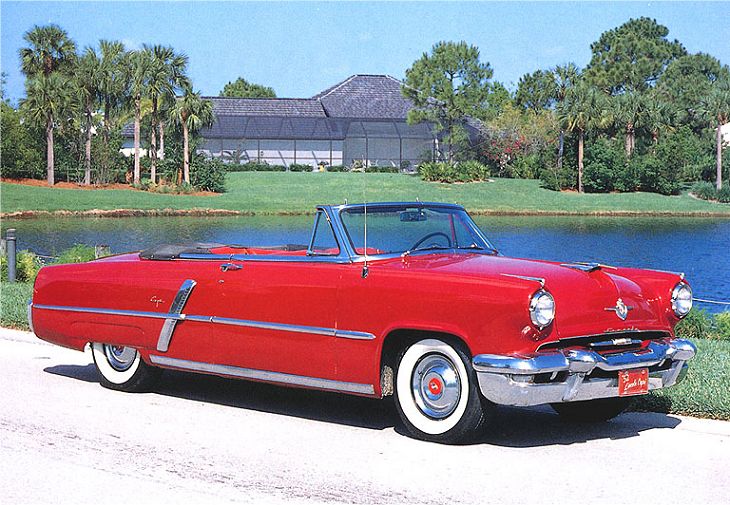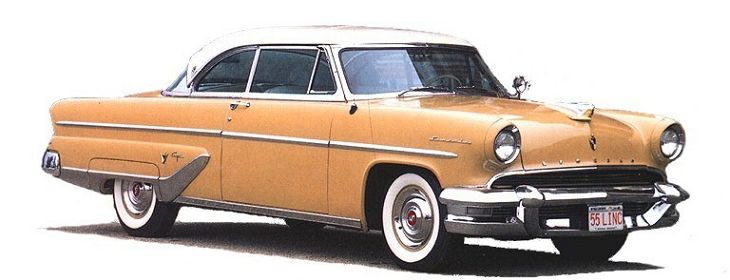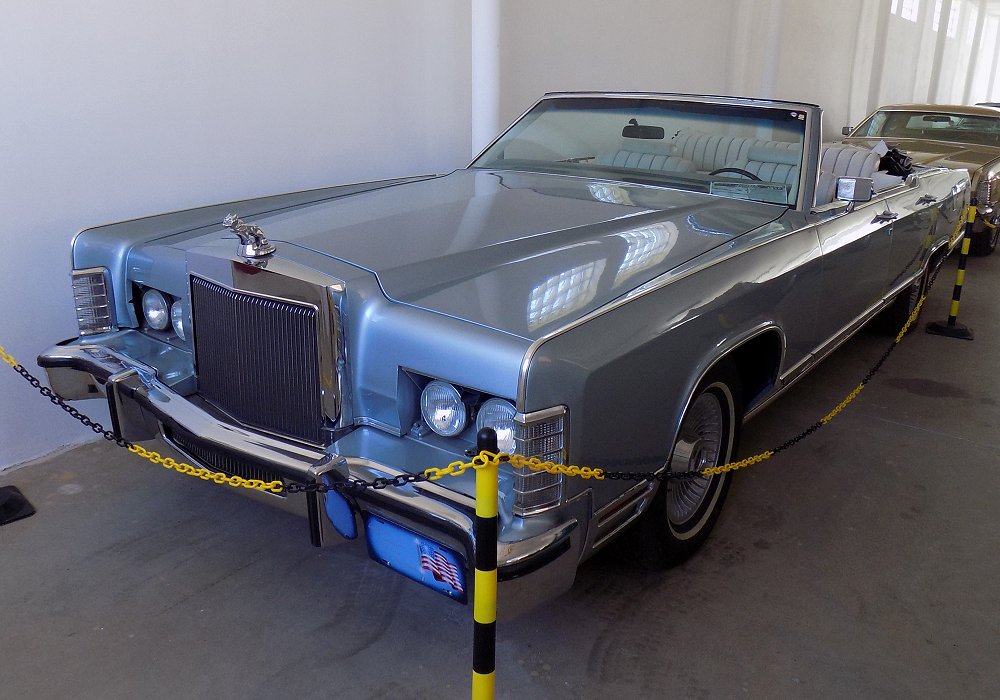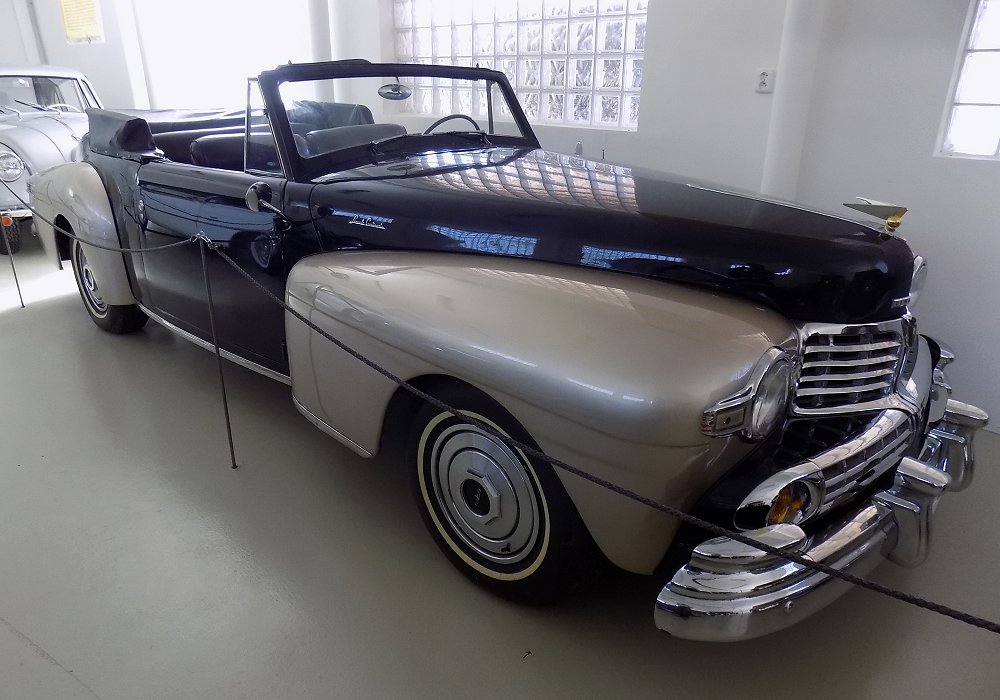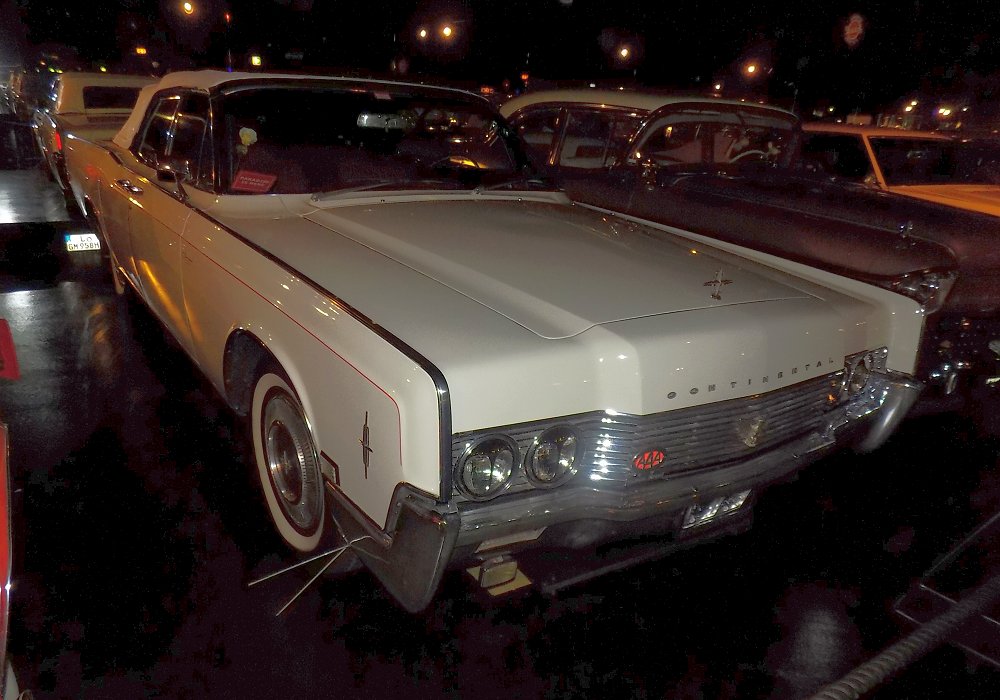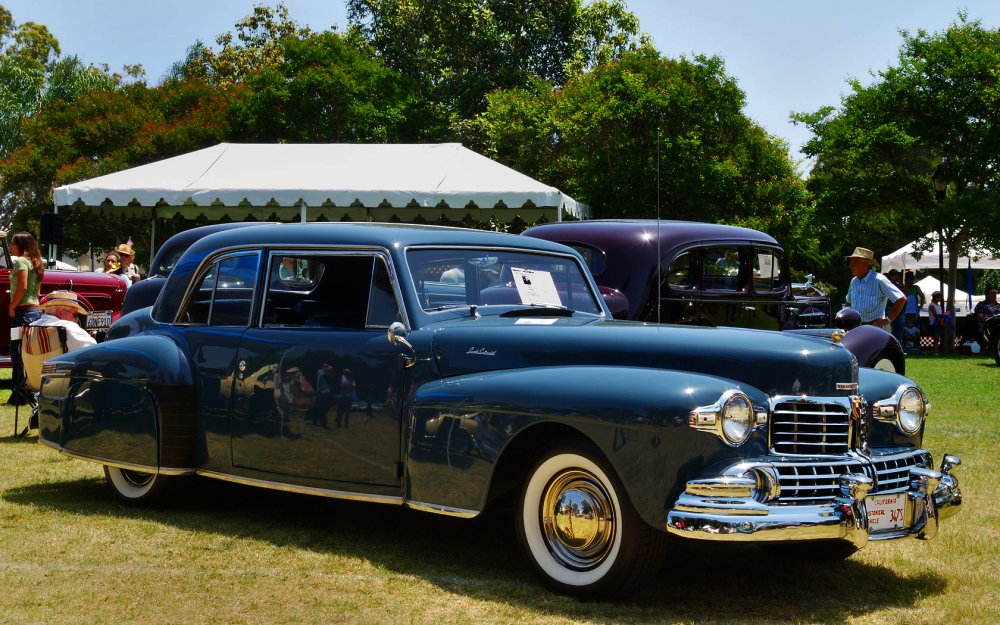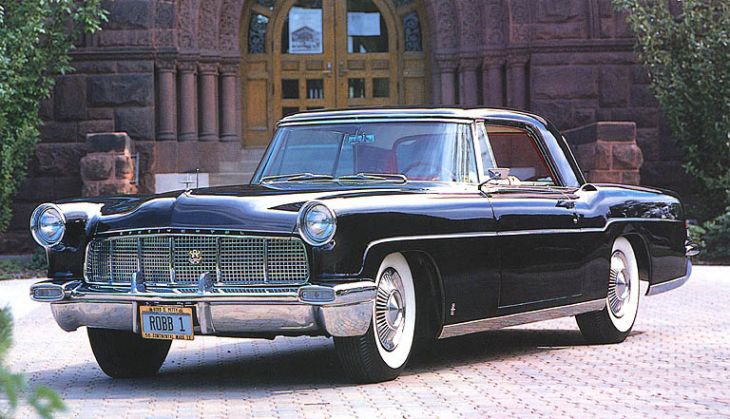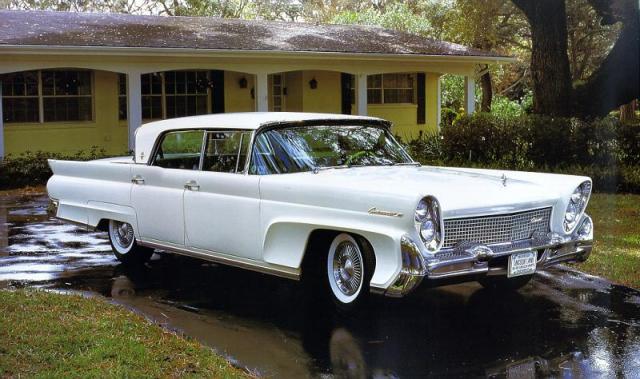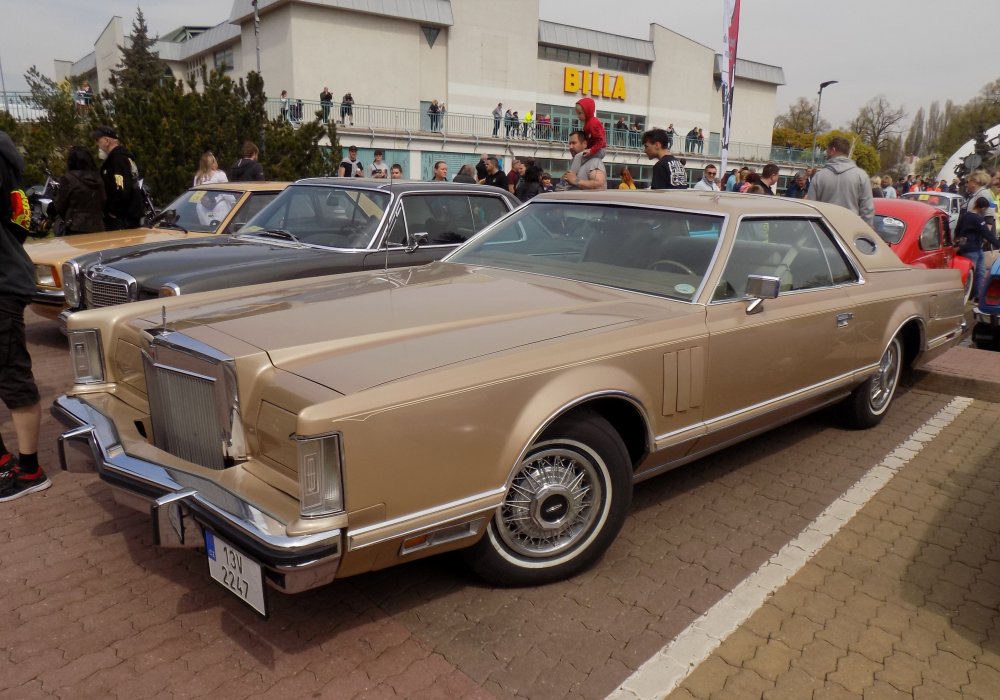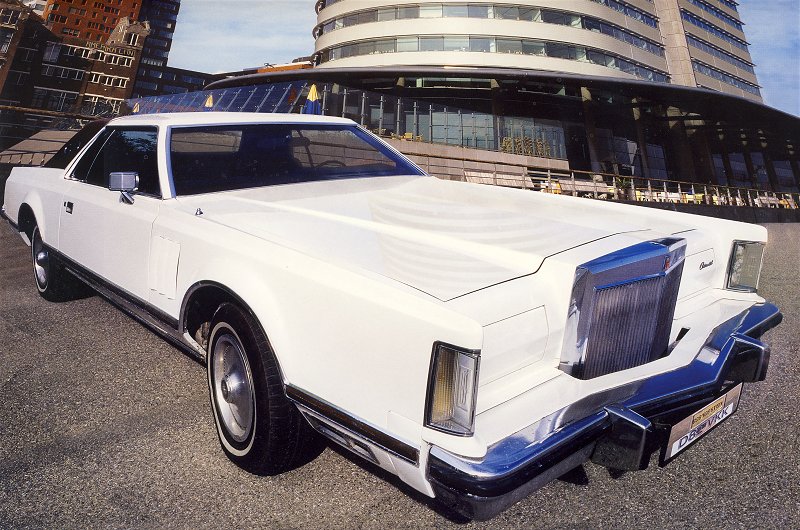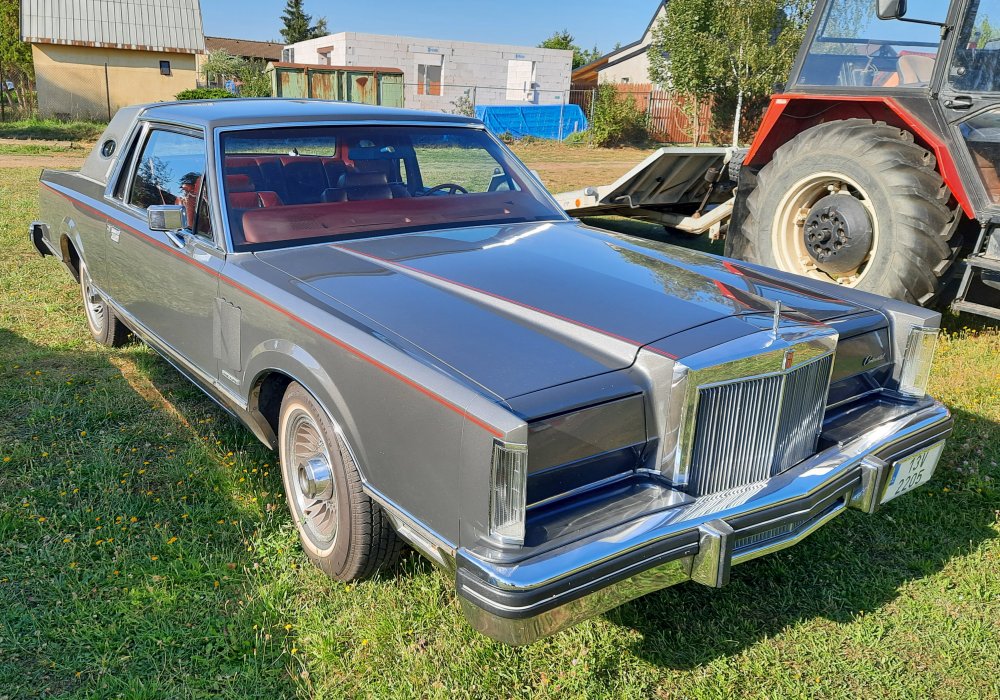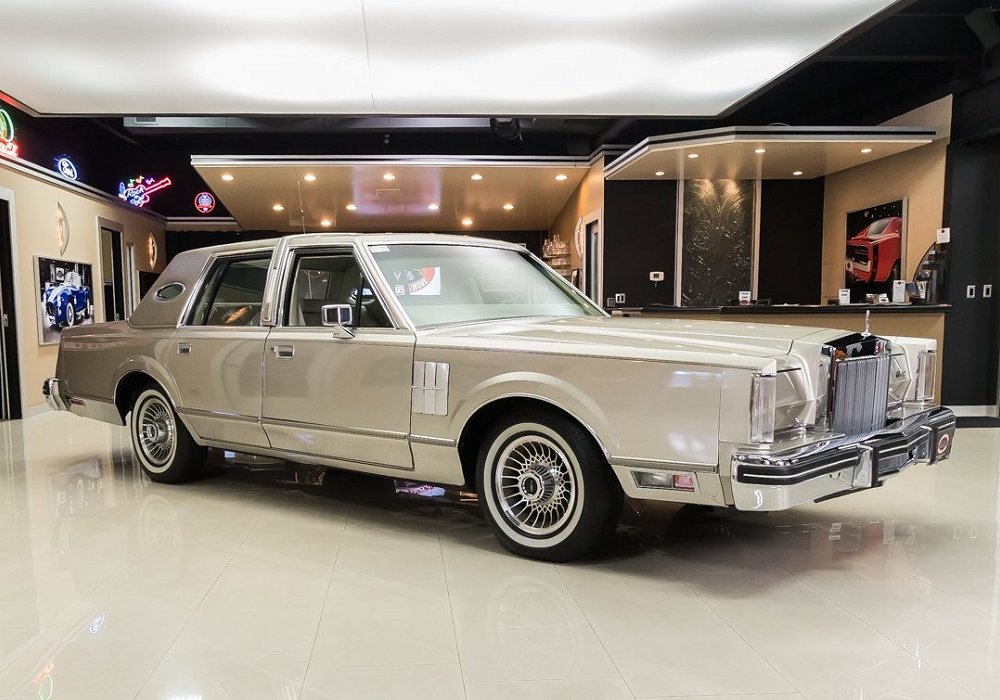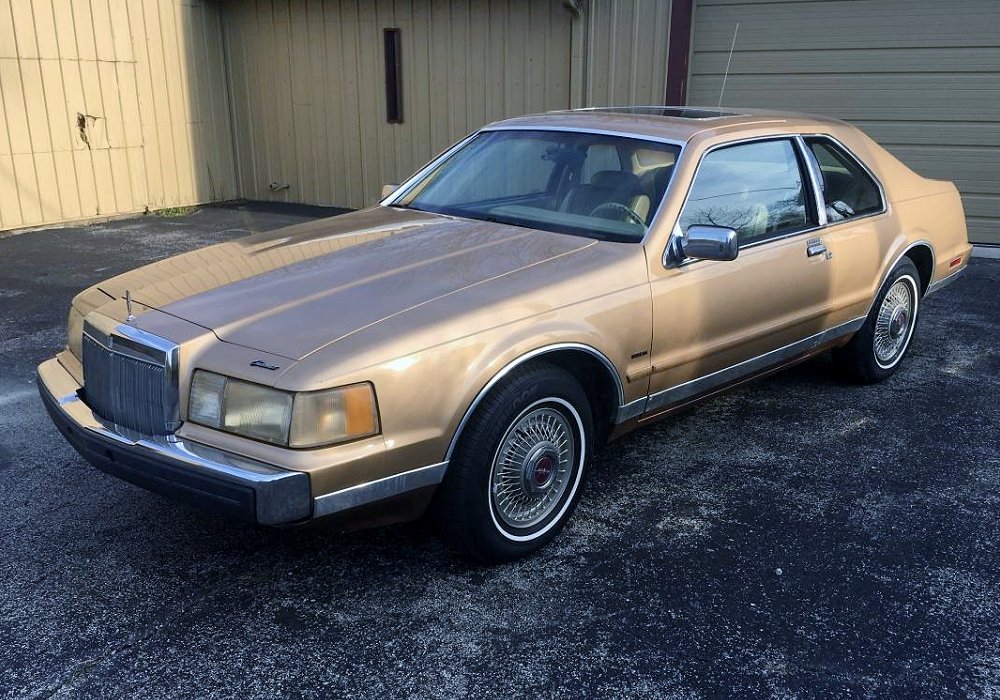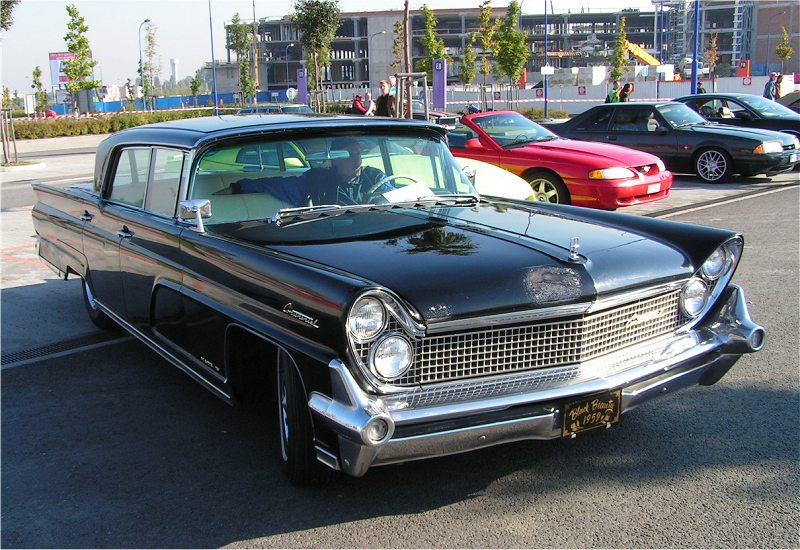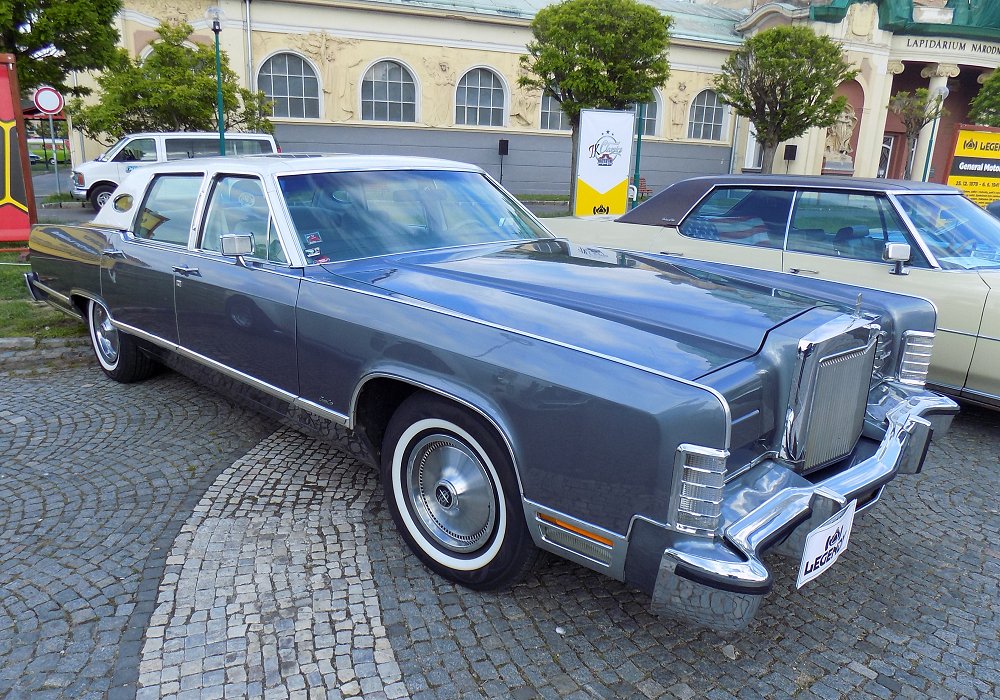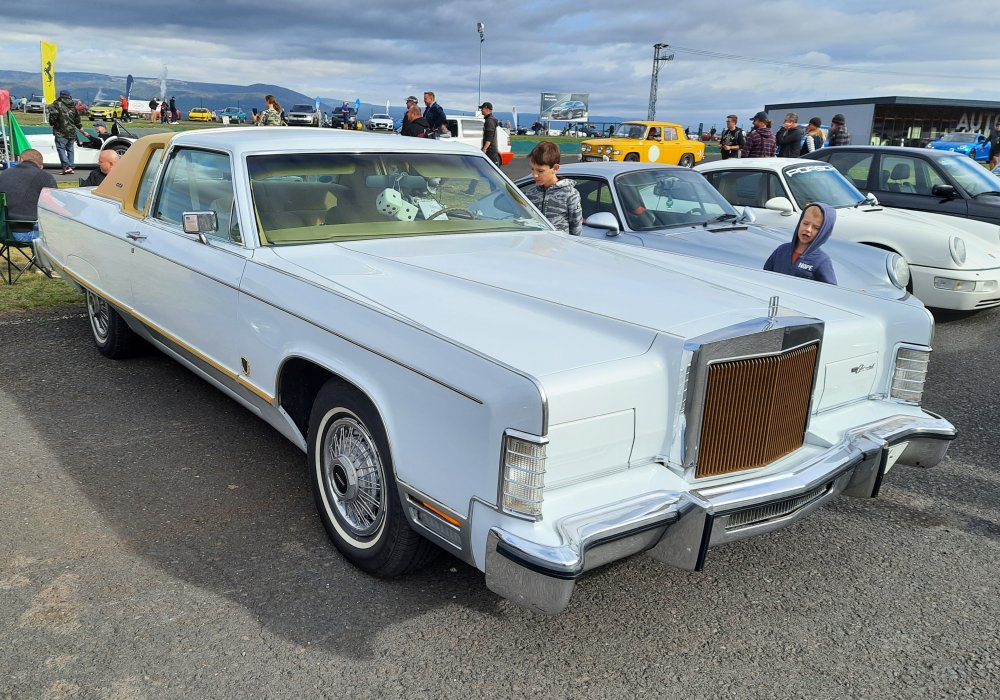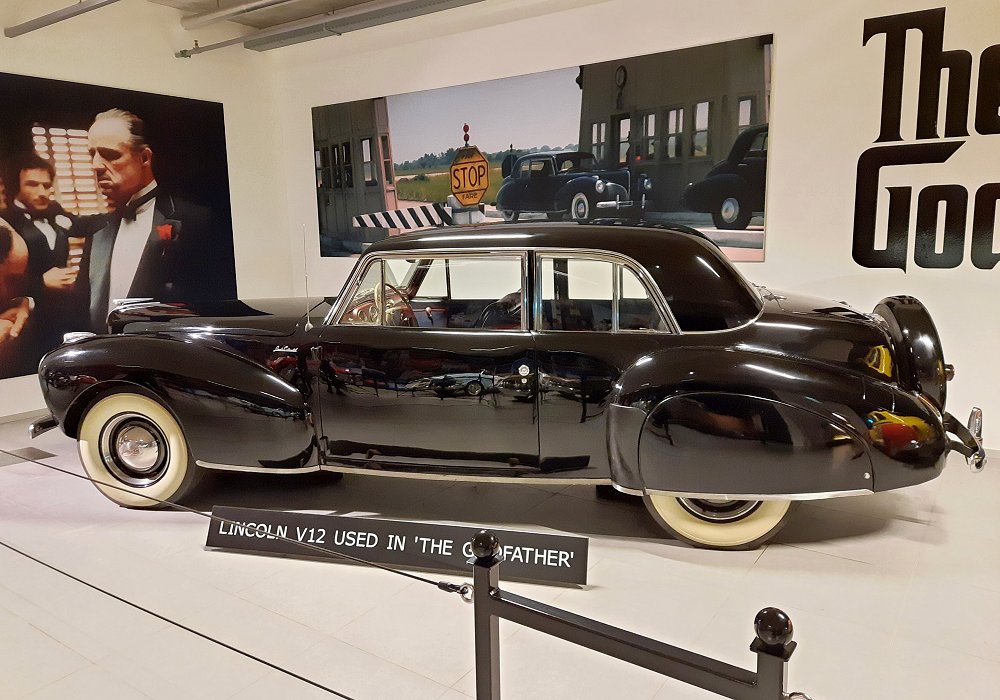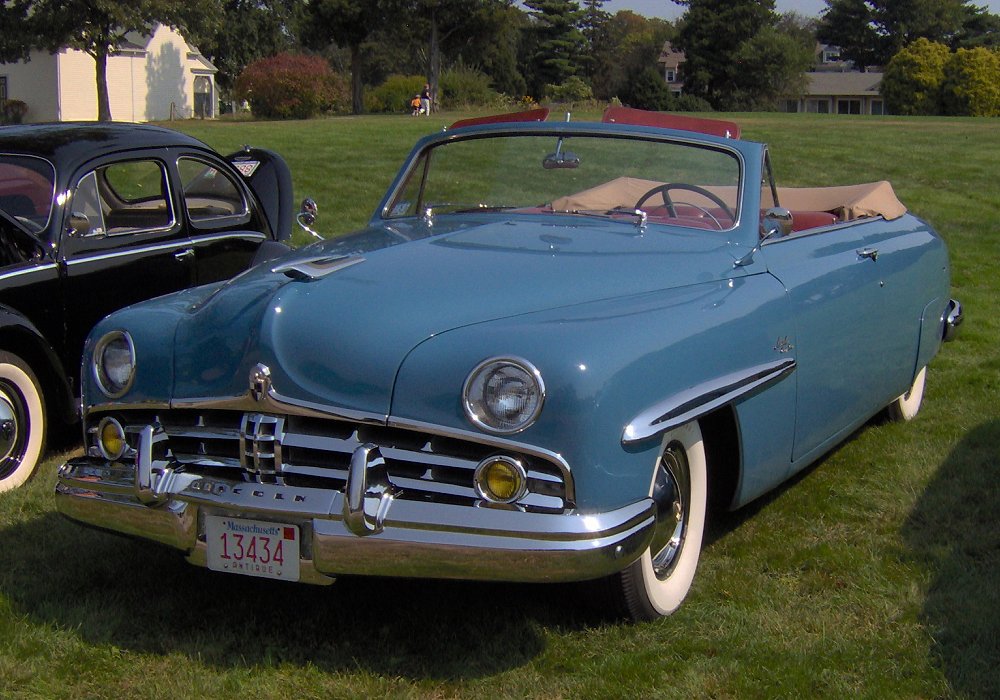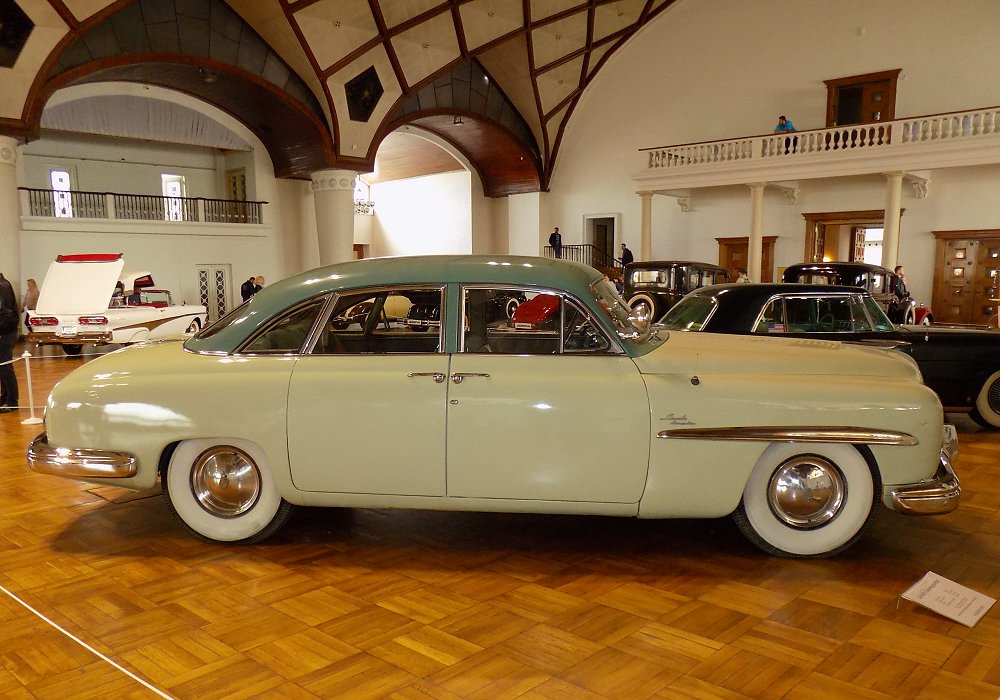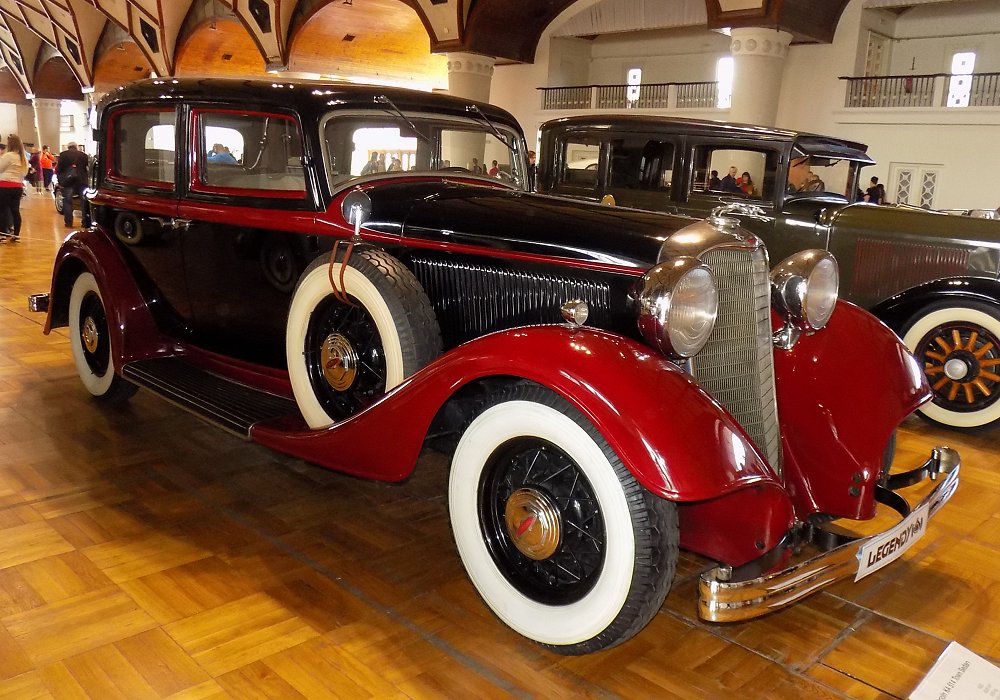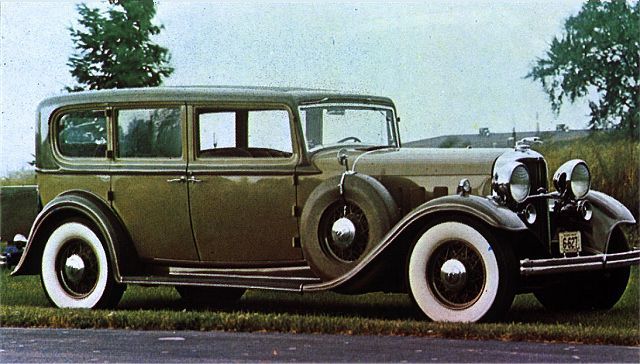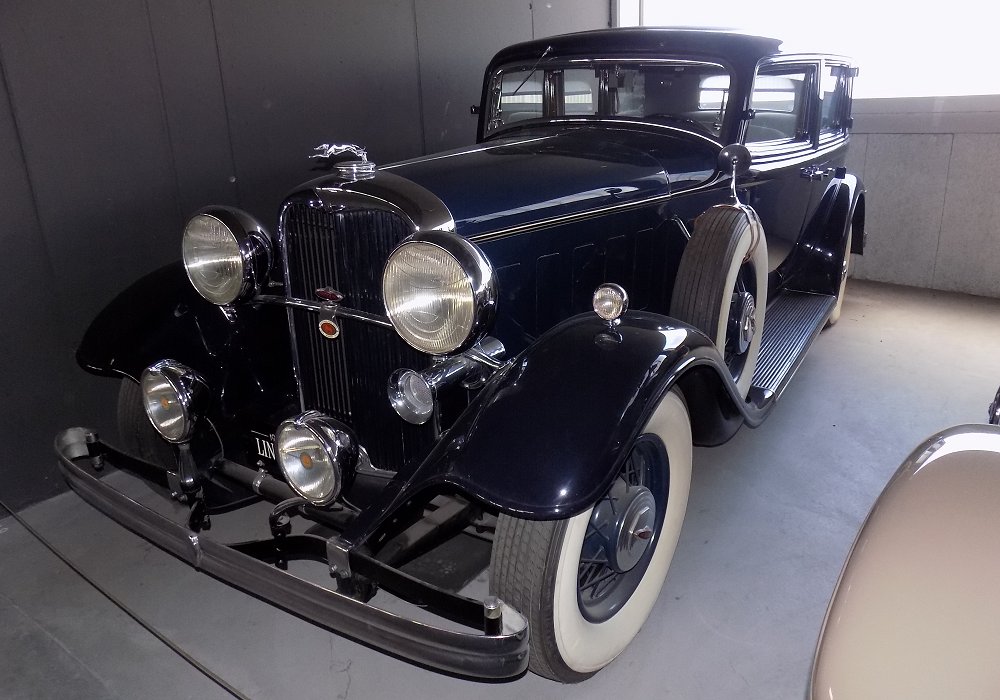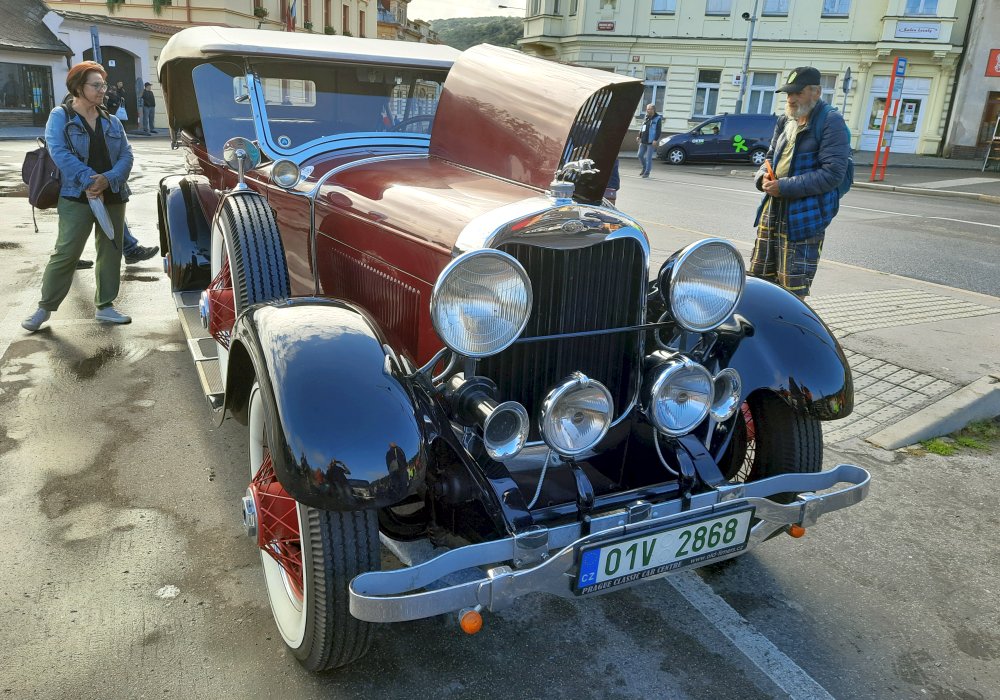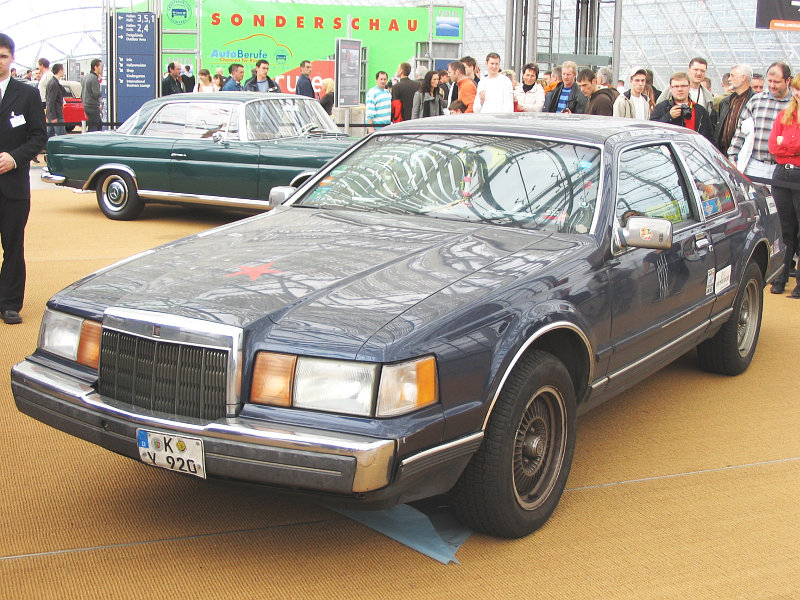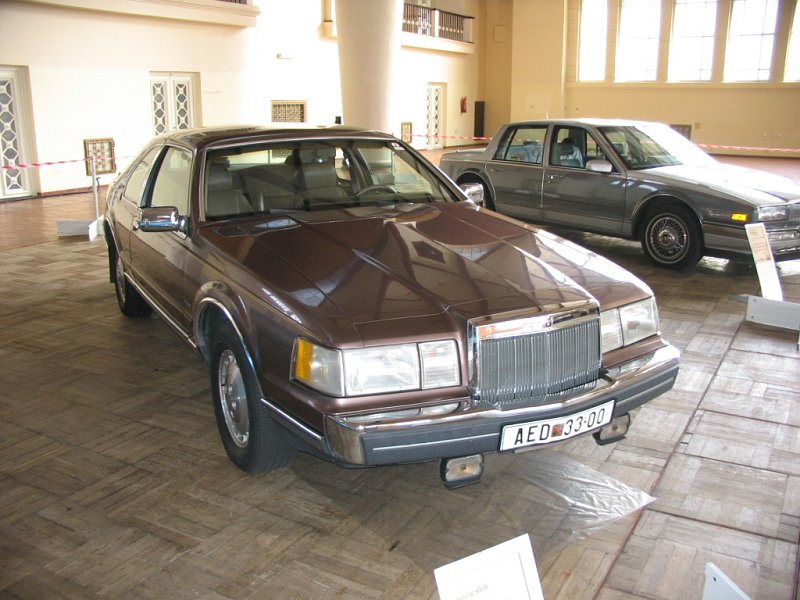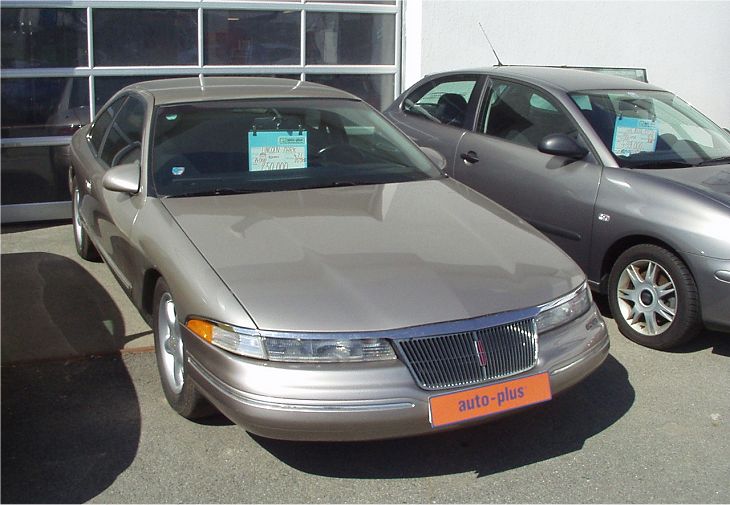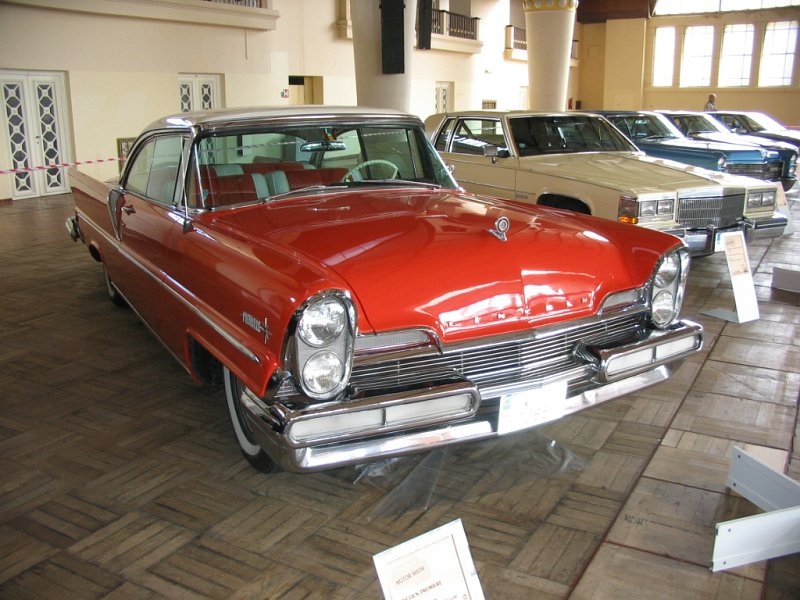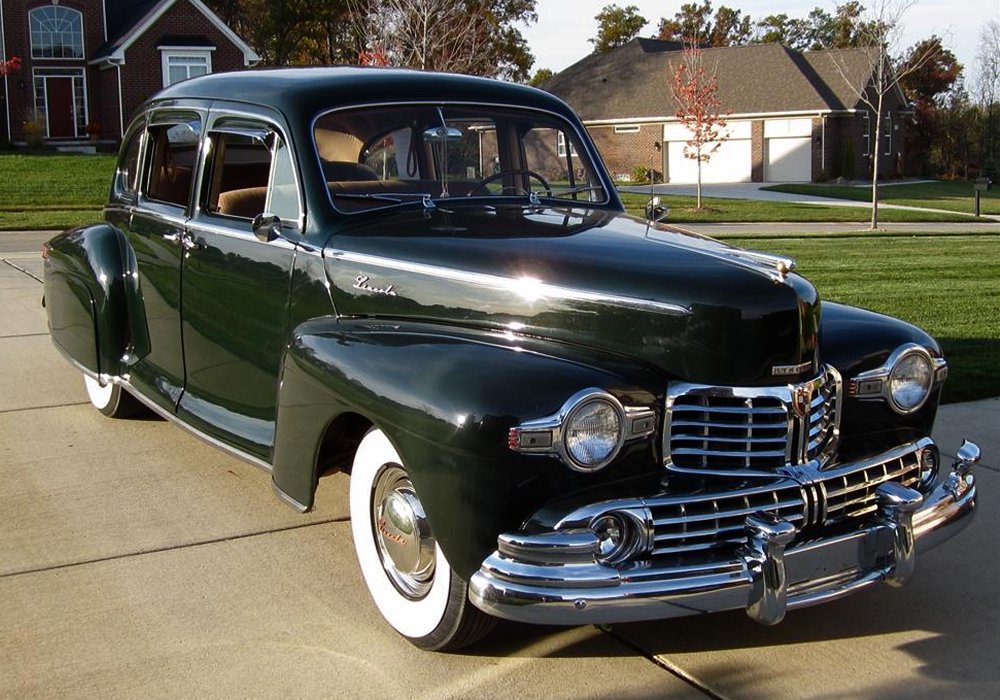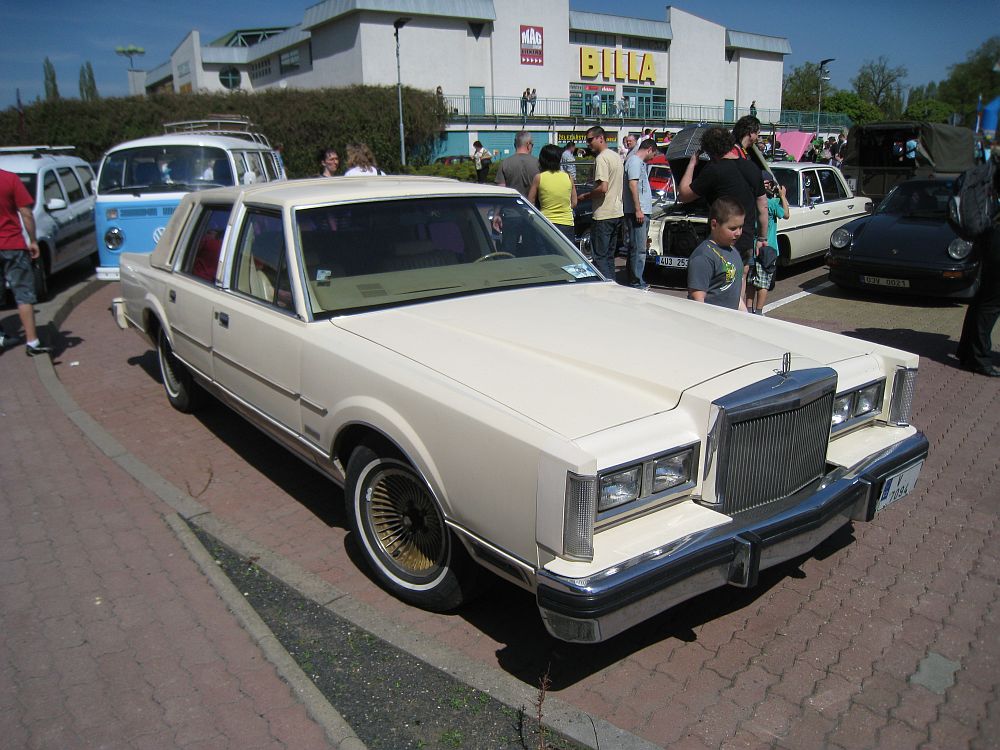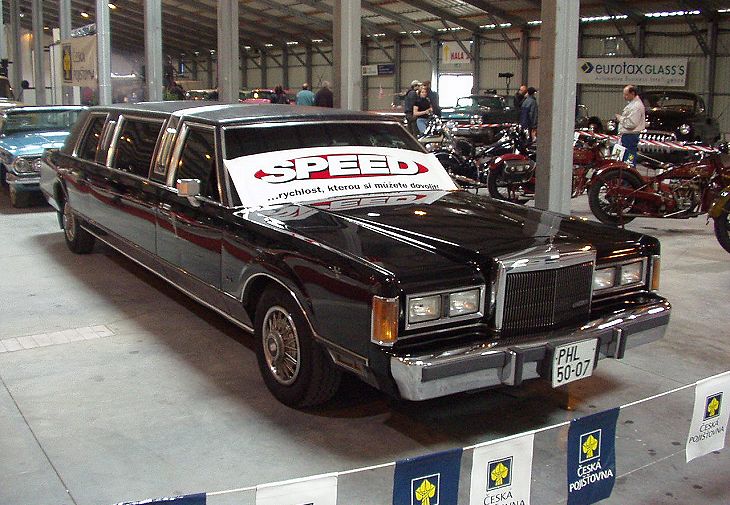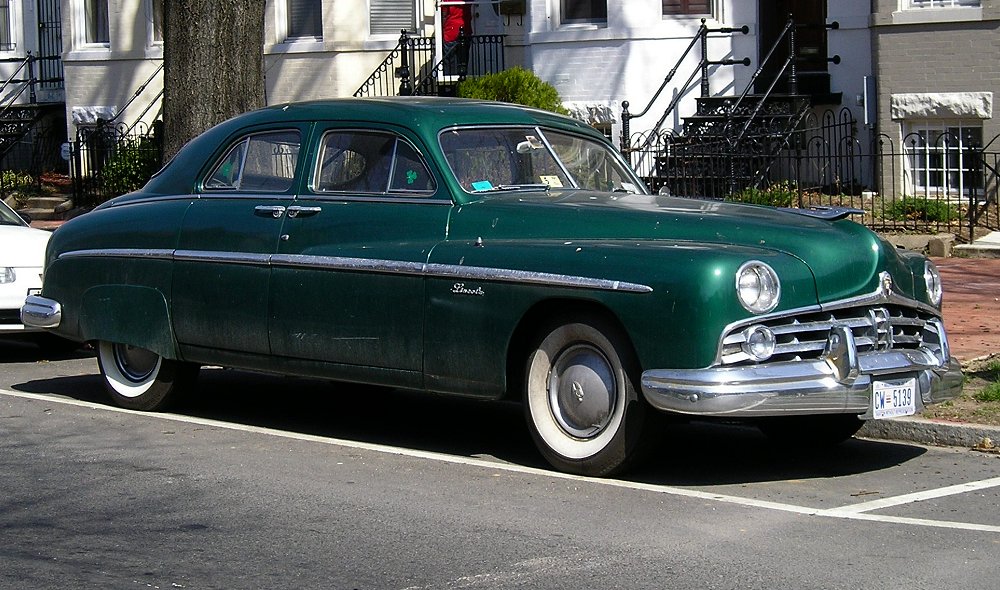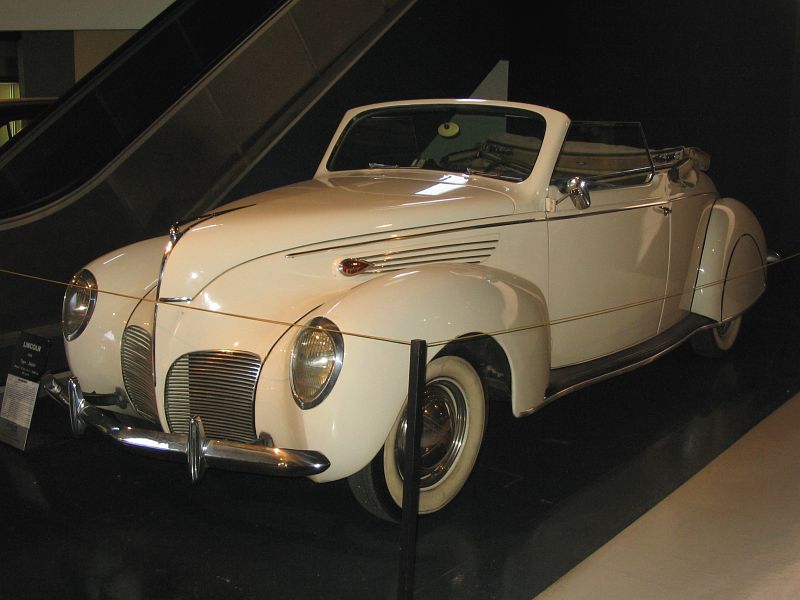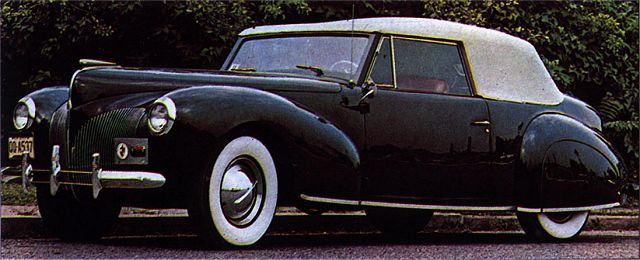Introduction to Lincoln
Lincoln is the luxury vehicle division of the American automaker Ford Motor Company. Founded in 1917 by Henry M. Leland, Lincoln has built a reputation for crafting premium automobiles known for their refinement, comfort, and classic American styling. Over the decades, Lincoln has served as the official state car for many U.S. presidents and has been a symbol of prestige and American luxury.
Founding and Acquisition by Ford (1917–1922)
The Lincoln Motor Company was established by Henry Leland and his son Wilfred in 1917, named after Abraham Lincoln, whom Leland admired. The company initially produced Liberty aircraft engines for World War I. After the war, Lincoln shifted to manufacturing luxury cars, but financial difficulties followed. In 1922, Ford Motor Company purchased Lincoln for $8 million.
Early Models
- Lincoln Model L (1920–1930) – The first production car from Lincoln, known for its precision and luxury.
- Lincoln K-Series (1931–1940) – High-end models offered with V12 engines and custom coachwork.
Lincoln-Zephyr and Streamlining (1936–1942)
In the mid-1930s, Lincoln introduced the Zephyr, a more affordable mid-range luxury car designed to compete with brands like LaSalle and Packard. The Zephyr’s streamlined design and V12 engine made it a success and influenced future Lincoln styling.
Key Models
- Lincoln Zephyr (1936–1942) – A stylish, aerodynamic sedan with advanced engineering for its time.
- Lincoln Continental (1940) – Originally a custom car built for Edsel Ford, it became an icon of American design and marked the beginning of the legendary Continental nameplate.
Post-War Expansion and Prestige (1945–1960s)
After World War II, Lincoln reemerged with redesigned vehicles and a strong emphasis on luxury. The brand became associated with executive class and political figures. The Continental became a flagship name, evolving with sophisticated styling and innovation.
Presidential Use
Lincoln limousines were used by multiple U.S. presidents, cementing the brand’s prestige. President John F. Kennedy’s 1961 Lincoln Continental convertible became historically significant after his assassination in Dallas in 1963.
Important Models
- Lincoln Continental (1958–1960) – Large, ornate luxury cars with bold styling.
- Lincoln Continental (1961–1969) – Noted for its clean, slab-sided design by Elwood Engel and rear-hinged “suicide” doors.
1970s–1990s: Luxury Evolution and Market Challenges
The 1970s brought greater emphasis on personal luxury coupes and high-end sedans. Lincoln vehicles were large, powerful, and laden with features. However, the fuel crises and rising competition from European and Japanese luxury brands began to reshape the market.
Key Vehicles
- Lincoln Continental Mark III (1969–1971) – A personal luxury coupe competing directly with the Cadillac Eldorado.
- Lincoln Town Car (1981–2011) – Introduced as a full-size, rear-wheel-drive sedan, it became a staple for limousine and executive transport for decades.
- Lincoln Mark Series (1956–1998) – A series of personal luxury coupes with a strong identity and consistent following.
2000s: Redefining American Luxury
In the 2000s, Lincoln worked to redefine its image amid declining sales and shifting consumer tastes. SUVs began to dominate the U.S. market, prompting Lincoln to pivot towards upscale crossovers and utility vehicles.
New Directions
- Lincoln Navigator (1998–present) – A full-size luxury SUV that helped define the segment and remains a strong seller.
- Lincoln MKZ (2006–2020) – A mid-size luxury sedan that aimed to compete with Lexus and Acura models.
- Lincoln MKT and MKX (2009–2019) – Early luxury crossovers that shaped the brand’s modern SUV lineup.
2010s–Present: Return to Elegance and Identity
Lincoln underwent a major brand overhaul in the 2010s, moving away from the “MK” alphanumeric naming system and reintroducing classic model names. Emphasis shifted toward quiet luxury, elegant interiors, and advanced technology.
Modern Models
- Lincoln Continental (2017–2020) – A revival of the historic nameplate with contemporary luxury features.
- Lincoln Aviator (2020–present) – A mid-size luxury SUV with strong performance and hybrid options.
- Lincoln Corsair (2020–present) – A compact luxury SUV aimed at a younger demographic.
Electrification and Innovation
Lincoln has announced plans for a fully electric lineup by 2030, aligning with Ford’s broader EV strategy. Concepts and production vehicles under development include all-electric crossovers featuring next-generation infotainment, connectivity, and autonomous driving technologies.
Legacy and Cultural Significance
Lincoln remains a symbol of American luxury and craftsmanship. Known for its connection to U.S. presidents, its classic designs, and its commitment to comfort, the brand has weathered market changes while maintaining a distinct identity. Though it now faces intense global competition, Lincoln continues to evolve as a modern luxury brand rooted in tradition.
List of Lincoln Cars
| Image | Name | Summary | Categories | hf:categories |
|---|---|---|---|---|
| Lincoln Capri | The Lincoln Capri was a pivotal car in Lincoln’s history, representing the brand’s transition from … | Lincoln | lincoln manufacturer | |
| Lincoln Capri Convertible | The Lincoln Capri Convertible was one of the most graceful and technically advanced American luxury … | Lincoln | lincoln manufacturer | |
| Lincoln Capri V8 | The Lincoln Capri V8 was one of the defining luxury automobiles of the early 1950s, … | Lincoln | lincoln manufacturer | |
| Lincoln Continental 4-Door Convertible | The Lincoln Continental 4-Door Convertible was one of the most extraordinary automobiles ever built—an elegant … | Lincoln | lincoln manufacturer | |
| Lincoln Continental Cabriolet | The Lincoln Continental Cabriolet was one of the most elegant and significant automobiles ever to … | Lincoln | lincoln manufacturer | |
| Lincoln Continental Convertible | The Lincoln Continental Convertible was one of the most elegant and historically significant automobiles ever … | Lincoln | lincoln manufacturer | |
| Lincoln Continental Coupe | The Lincoln Continental Coupe was one of the most elegant and influential American automobiles ever … | Lincoln | lincoln manufacturer | |
| Lincoln Continental Mark II | The Lincoln Continental Mark II was one of the most exquisite and meticulously crafted automobiles … | Lincoln | lincoln manufacturer | |
| Lincoln Continental Mark III | The Lincoln Continental Mark III was a statement of power, prestige, and refinement that redefined … | Lincoln | lincoln manufacturer | |
| Lincoln Continental Mark V 6.6 | The Lincoln Continental Mark V 6.6 was one of the final grand expressions of the … | Lincoln | lincoln manufacturer | |
| Lincoln Continental Mark V 7.5 | The Lincoln Continental Mark V 7.5 was the final and most refined evolution of the … | Lincoln | lincoln manufacturer | |
| Lincoln Continental Mark VI 2-Door | The Lincoln Continental Mark VI 2-Door was the final evolution of Lincoln’s great personal luxury … | Lincoln | lincoln manufacturer | |
| Lincoln Continental Mark VI 5.8 4-Door | The Lincoln Continental Mark VI 5.8 4-Door represented a turning point in American luxury car … | Lincoln | lincoln manufacturer | |
| Lincoln Continental Mark VII Turbo Diesel | The Lincoln Continental Mark VII Turbo Diesel was one of the most unusual and ambitious … | Lincoln | lincoln manufacturer | |
| Lincoln Continental Mk IV | The Lincoln Continental Mark IV was the epitome of 1970s American luxury—long, graceful, and unapologetically … | Lincoln | lincoln manufacturer | |
| Lincoln Continental Town Car | The Lincoln Continental Town Car was the ultimate expression of American luxury in the 1970s … | Lincoln | lincoln manufacturer | |
| Lincoln Continental Town Coupé | The Lincoln Continental Town Coupé was the embodiment of 1970s American luxury—a car of immense … | Lincoln | lincoln manufacturer | |
| Lincoln Continental V12 Coupe | The Lincoln Continental V12 Coupe was one of the defining automobiles of its era, a … | Lincoln | lincoln manufacturer | |
| Lincoln Cosmopolitan Convertible | The Lincoln Cosmopolitan Convertible was the most glamorous and exclusive model in Lincoln’s postwar lineup, … | Lincoln | lincoln manufacturer | |
| Lincoln Cosmopolitan Sport Sedan | The Lincoln Cosmopolitan Sport Sedan was one of the most advanced and elegant American luxury … | Lincoln | lincoln manufacturer | |
| Lincoln KA 514 Town Sedan | The Lincoln KA 514 Town Sedan was one of the most elegant and finely engineered … | Lincoln | lincoln manufacturer | |
| Lincoln KB Limousine | The Lincoln KB Limousine was the ultimate expression of American luxury and craftsmanship in the … | Lincoln | lincoln manufacturer | |
| Lincoln KB Sedan | The Lincoln KB Sedan was one of the most luxurious and technically sophisticated automobiles of … | Lincoln | lincoln manufacturer | |
| Lincoln L V8 | The Lincoln L V8 was one of the most significant American luxury cars of the … | Lincoln | lincoln manufacturer | |
| Lincoln Mark VII | The Lincoln Continental Mark VII marked one of the most significant turning points in Lincoln’s … | Lincoln | lincoln manufacturer | |
| Lincoln Mark VII LSC | The Lincoln Continental Mark VII LSC was the definitive expression of Lincoln’s transformation from stately … | Lincoln | lincoln manufacturer | |
| Lincoln Mark VIII LSC | The Lincoln Mark VIII LSC was the final and most advanced evolution of Lincoln’s storied … | Lincoln | lincoln manufacturer | |
| Lincoln Model L Sedan | The Lincoln Model L Sedan, introduced in 1920, was Lincoln’s first production model and marked … | Lincoln | lincoln manufacturer | |
| Lincoln Premiere | The Lincoln Premiere was one of the most distinctive and refined expressions of 1950s American … | Lincoln | lincoln manufacturer | |
| Lincoln Sedan V12 | The Lincoln Sedan V12 was the embodiment of refined American luxury during the late 1930s … | Lincoln | lincoln manufacturer | |
| Lincoln Town Car | The Lincoln Town Car was the definitive symbol of American luxury motoring for over three … | Lincoln | lincoln manufacturer | |
| Lincoln Town Car Limousine | The Lincoln Town Car Limousine was the ultimate symbol of American prestige and comfort—a car … | Lincoln | lincoln manufacturer | |
| Lincoln V8 Double Phaeton 36 CV | The Lincoln V8 Double Phaeton 36 CV, produced in the early 1920s, was an elegant, … | Lincoln | lincoln manufacturer | |
| Lincoln V8 Sport Sedan | The Lincoln V8 Sport Sedan was one of the most distinctive expressions of American luxury … | Lincoln | lincoln manufacturer | |
| Lincoln Zephyr V12 Convertible | The Lincoln Zephyr V12 Convertible was one of the most striking and influential American automobiles … | Lincoln | lincoln manufacturer | |
| nic Lincoln Continental V12 | The Lincoln Continental V12 was one of the most refined and iconic American automobiles of … | Lincoln | lincoln manufacturer |

